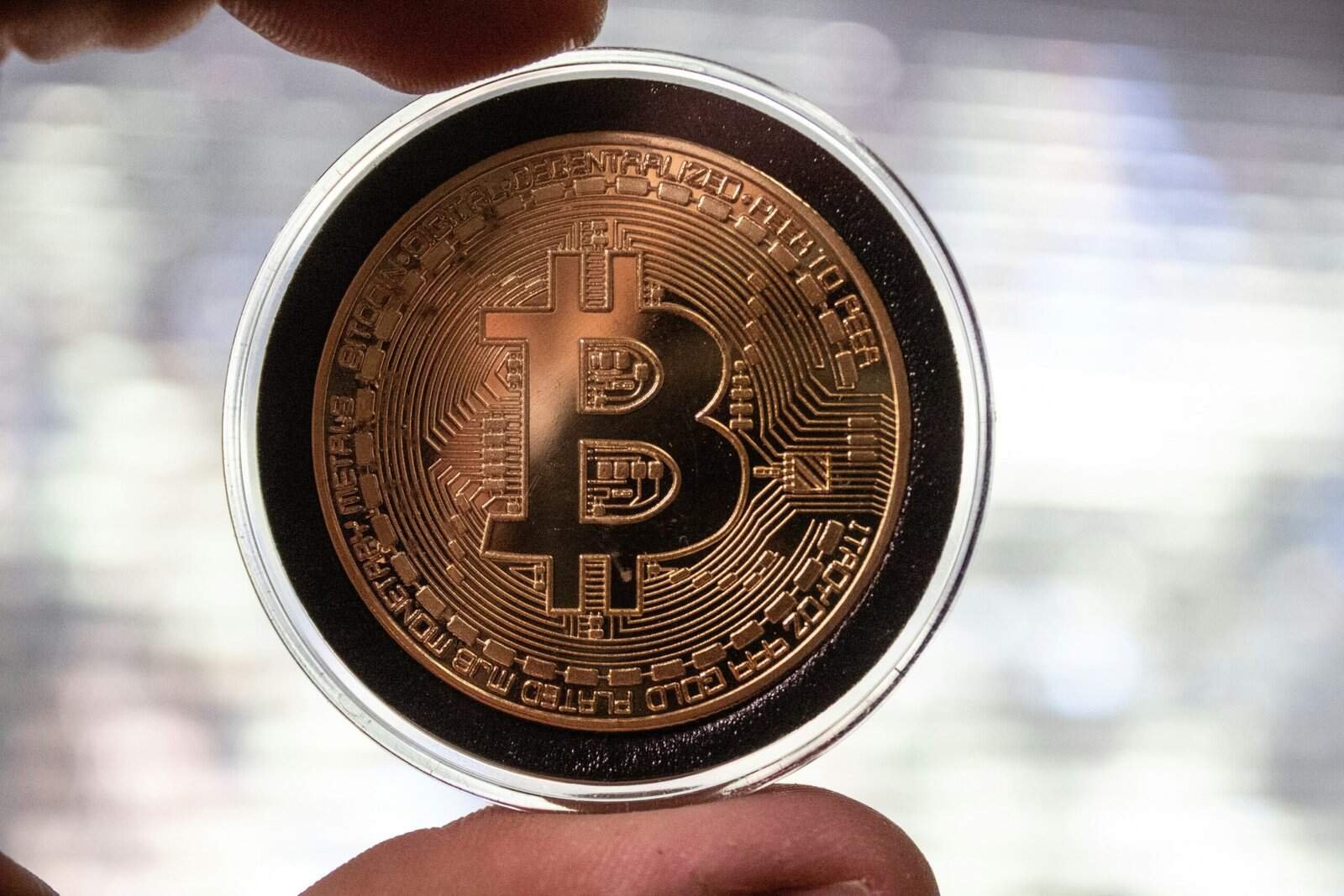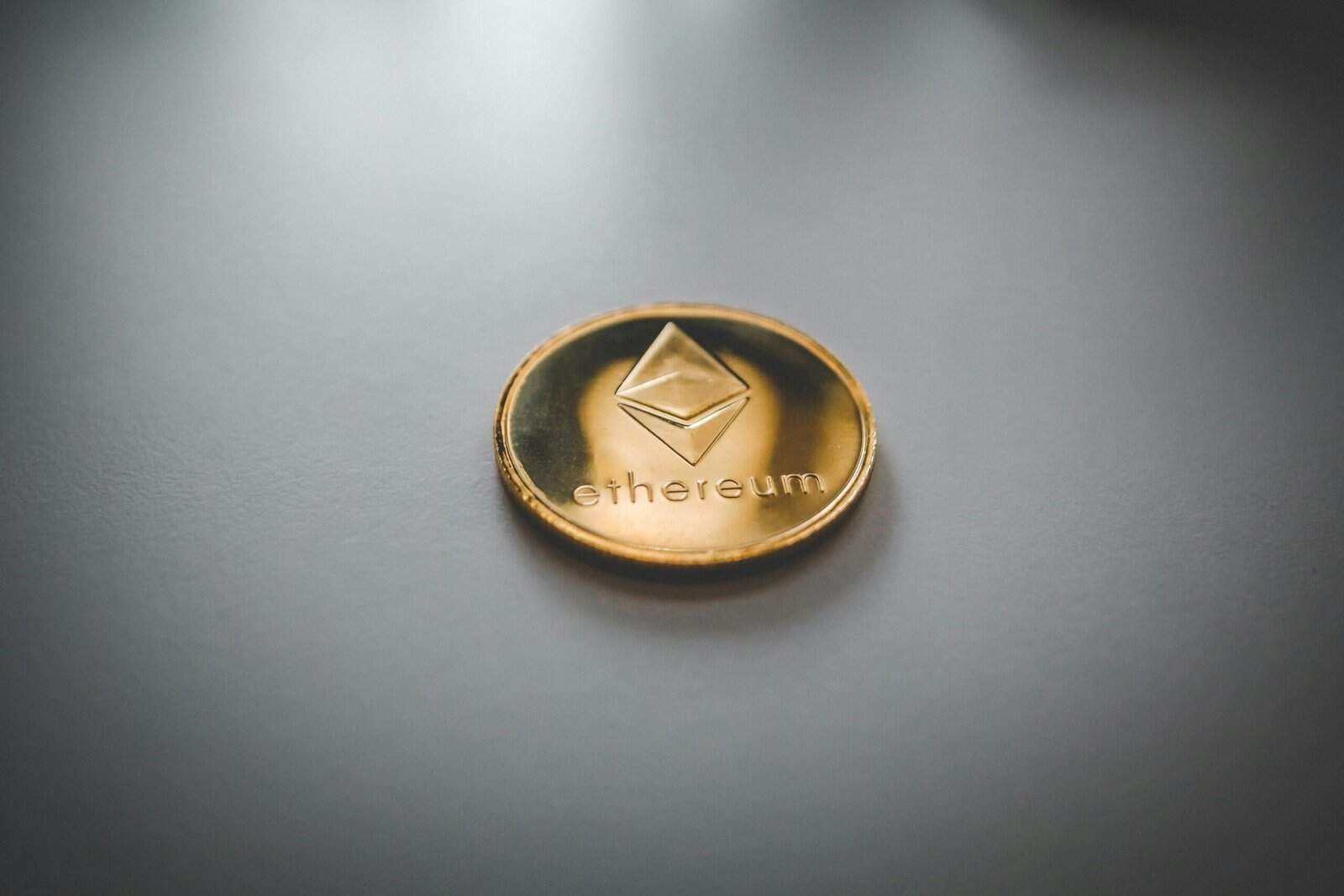Have you ever thought about the role renewable energy could play in transforming our economy and environment? In our quest for sustainability, one fascinating concept that’s gaining traction is the Renewable Energy Coin (REC). This idea, bridging the gap between technology, finance, and sustainability, offers a promising glimpse into a future where energy generation and consumption might become entirely sustainable and decentralized.

Understanding Renewable Energy Coin (REC)
What is REC?
RECs, or Renewable Energy Coins, represent a pioneering financial instrument designed to facilitate investment in renewable energy projects. They serve as a decentralized currency that supports the production of clean energy, enhancing both its accessibility and affordability. By coupling blockchain technology with the principles of a green economy, RECs aim to advocate for renewable energy use while providing a transparent, efficient, and secure transaction platform.
Why was REC Created?
The world is facing an environmental crisis, one largely caused by excessive reliance on fossil fuels. These traditional energy sources contribute heavily to carbon emissions, which in turn result in climate change. The creation of REC is a response to this challenge. Aiming to reduce carbon footprints and promote renewable energy technologies, RECs incentivize renewable energy production and consumption. They offer a way to reward stakeholders in the energy market who prioritize sustainability.
How Renewable Energy Coins Work
The Role of Blockchain
Blockchain technology underpins the operation of RECs. Blockchain’s decentralized nature ensures secure and transparent transactions, making it an ideal platform for managing and trading renewable energy credits. Each transaction on the blockchain is recorded in a manner that’s both tamper-proof and publicly accessible. This transparency builds trust among users, as every REC’s origin and transaction history can be verified.
Tokenization of Energy Resources
A unique aspect of RECs is their ability to tokenize energy resources. This means that tangible renewable energy output, such as kilowatt-hours from solar or wind power, can be represented digitally as RECs on a blockchain. Tokenizing these resources allows them to be traded much like traditional assets or securities, thereby broadening access to renewable energy investments beyond traditional financial instruments.
Incentivizing Renewable Energy Production
RECs serve a dual purpose. Besides acting as investment mechanisms, they incentivize the production of renewable energy. Producers earn RECs for every unit of renewable energy they generate. These coins can then be sold or traded, providing an additional revenue stream that encourages continued investment and innovation in renewable energy technologies.
The Benefits of RECs
Environmental Impact
One of the most significant advantages of RECs is their positive environmental impact. By encouraging investment in renewable energy, RECs contribute to reducing carbon emissions and mitigating climate change. They also support the development of cleaner technologies, resulting in less air and water pollution and enhancing biodiversity.
Economic Opportunities and Job Creation
The growth of the renewable energy sector, fueled by RECs, creates numerous economic opportunities. As demand for renewable energy increases, so does the need for workers in this sector. This increase leads to job creation in installation, maintenance, manufacturing, and sales, thereby boosting the economy and providing stable employment.
Energy Independence
RECs also pave the way for greater energy independence. By relying on localized, renewable sources of energy like wind, solar, and hydro, regions can reduce their dependence on imported fossil fuels. This independence not only strengthens local economies but also enhances energy security and price stability.
Digital Security and Transparency
The blockchain technology behind RECs provides a level of transparency and security not easily achievable with traditional financial systems. Each transaction is recorded and immutable, meaning records cannot be altered or corrupted. This transparency can prevent fraud and manipulation, ensuring that the marketplace operates fairly and efficiently.
Challenges and Considerations
Regulatory Uncertainty
Despite their potential, RECs and similar cryptocurrency-based systems face regulatory challenges. The regulatory landscape for blockchain and cryptocurrencies is still evolving, and uncertainty around legal and tax implications can deter potential investors. Addressing these regulatory uncertainties is crucial for the widespread adoption and success of RECs.
Market Volatility
The cryptocurrency market is inherently volatile, and RECs are not immune to this characteristic. Investors and stakeholders must be prepared for potential price fluctuations. Ensuring the stability and long-term viability of REC markets requires sound investment strategies and risk management practices.
Technological Barriers
Implementing a fully functional REC framework requires considerable technological infrastructure. Developing the necessary digital platforms and ensuring interoperability with existing energy systems can be a complex and costly endeavor. Overcoming these barriers is essential for scaling REC solutions.
Public Awareness and Education
For RECs to gain widespread acceptance, there is a need for increased public awareness and education. Potential users, whether businesses, investors, or consumers, must understand how RECs work and the benefits they offer. Educational campaigns and resources can play a key role in facilitating this understanding.

Case Studies and Examples
SolarCoin
SolarCoin is a great example of a project similar to RECs. It is a digital asset and currency rewarding solar energy producers. SolarCoin demonstrates how blockchain can incentivize renewable energy production by issuing coins to producers for every megawatt-hour of solar energy generated.
Energy Web Chain
The Energy Web Chain is a blockchain platform specifically designed for the energy sector. It enables the tokenization of energy resources and facilitates their trading. The platform demonstrates the potential of blockchain to revolutionize energy markets similar to the way RECs might.
Power Ledger
Power Ledger is an Australian-based technology company developing blockchain-enabled energy trading platforms. Their approach showcases how RECs can integrate with existing energy infrastructures to enable more democratic and efficient energy distribution and consumption.
Future Prospects of Renewable Energy Coins
Integration with Smart Grids
The integration of RECs with smart grid technologies is a promising development for the future. Smart grids, which employ digital communications technology to detect and react to local changes in usage, could work symbiotically with RECs to optimize energy distribution, consumption, and trading on a localized level.
Expansion into Developing Markets
RECs have the potential to make significant impacts in developing markets. By providing access to renewable energy investments, they can help these regions leap ahead technologically, bypassing traditional energy infrastructures. This leap could lead to broader access to clean and affordable power in areas currently underserved.
Synergy with IoT
The Internet of Things (IoT) could further enhance the functionality and appeal of RECs. By connecting devices and energy sources through IoT, real-time data on energy production and consumption can be gathered, enhancing energy management and contributing to a more dynamic energy marketplace.
Contribution to a Circular Economy
The implementation of RECs also aligns with the principles of a circular economy. By encouraging sustainable energy production and consumption, RECs contribute to reducing waste and fostering an economy that prioritizes resource efficiency and sustainability.

Conclusion
Renewable Energy Coins present a transformative opportunity in our pursuit of sustainability. By leveraging blockchain technology to incentivize and streamline renewable energy investments and use, RECs offer a pathway toward a greener, more decentralized, and economically robust energy system. As you consider the implications of such developments, think about the potential impact RECs could have on your community, both environmentally and economically. Making the shift towards renewable energy coins could not only reshape the way we handle energy but also redefine our collective contributions to a sustainable future.

